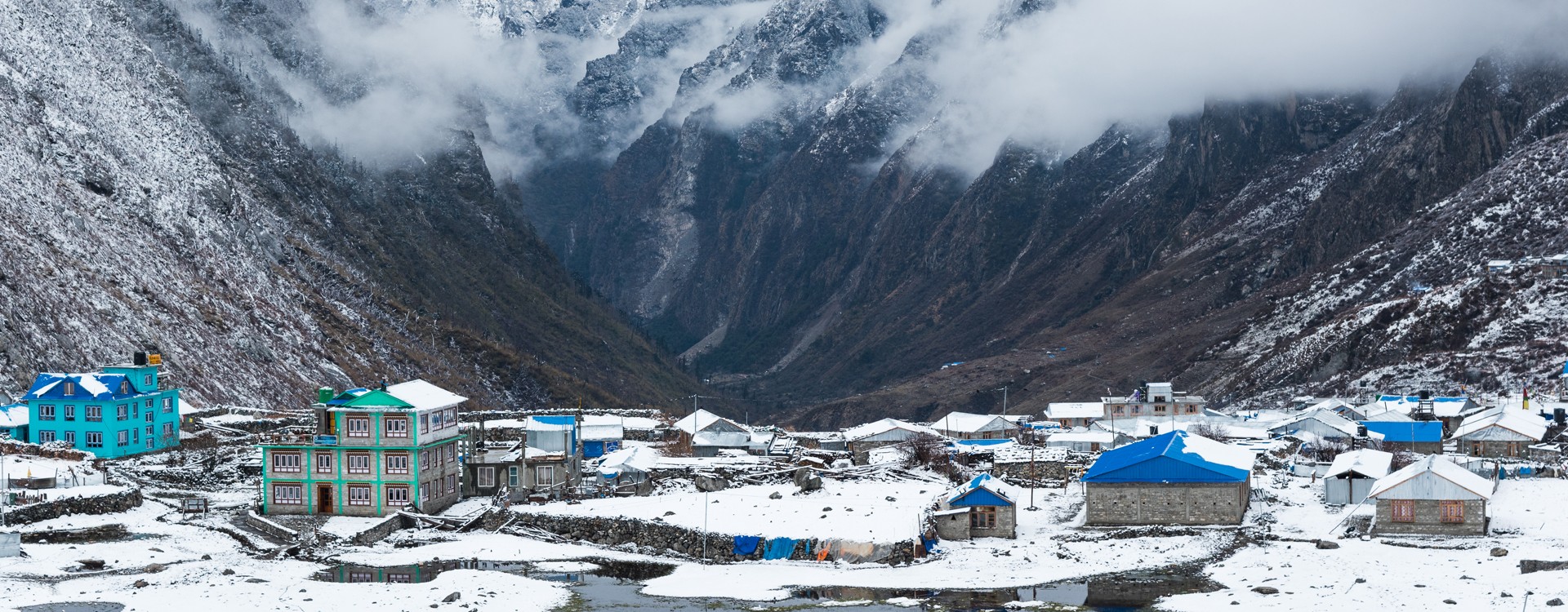
Nepal’s climate varies with its topography. It ranges from tropical to arctic depending upon the altitude. The Terai region, which lies in the tropical southern part of the country, for instance, has a hot, humid climate. The mid-land regions are pleasant almost all year around, although winter morning and nights are cool. The northern mountain region, around an altitude above 3,353 meters has an alpine climate with a considerably lower temperature and thin air in winter as can be expected. Nepal has four climatic seasons.
Spring: March - May
Summer: June - August
Autumn: September - November
Winter: December -February
Spring is colorful season which is punctuated by the odd shower of life-giving rain but the heat gradually builds until the monsoon relief arrives. During summer the Monsoon; moisture-laden wind, gathers in the Bay of Bengal and sweep up across India to spend its force on the Himalayan mountain chain. Autumn is renowned for clear skies and pleasant temperature. By winter the high hills take dry brown shades and the mountains are occasionally dusted with fresh snow. However due to Nepal’s vast range of diversified land orientation as well its amazing climatic variation effects regular seasons different and are six in Nepal.
Nepali Seasons
Spring -Basanta,April-May
Summer -Grishma,June-July
Monsoon -Barsha,Late June-Mid September
Autumn - Sharad,September-November
Winter -Hinud, December-January
Windy - Sisir,February-March
Weather in Himalayan region is unpredictable. Due to diversity in altitude and high Himalayas surrounded this area is always chilling with high winds all the time. This region has 4 weather seasons with each of its own characteristics.
Note: Weather is unpredictable in Himalayas region and can change the conditions rapidly. We want our valued trekkers to be prepared for every kind of climatic conditions. Our trekking guide will always update you about the weather conditions and precautions method if anything unforeseen situation comes up.